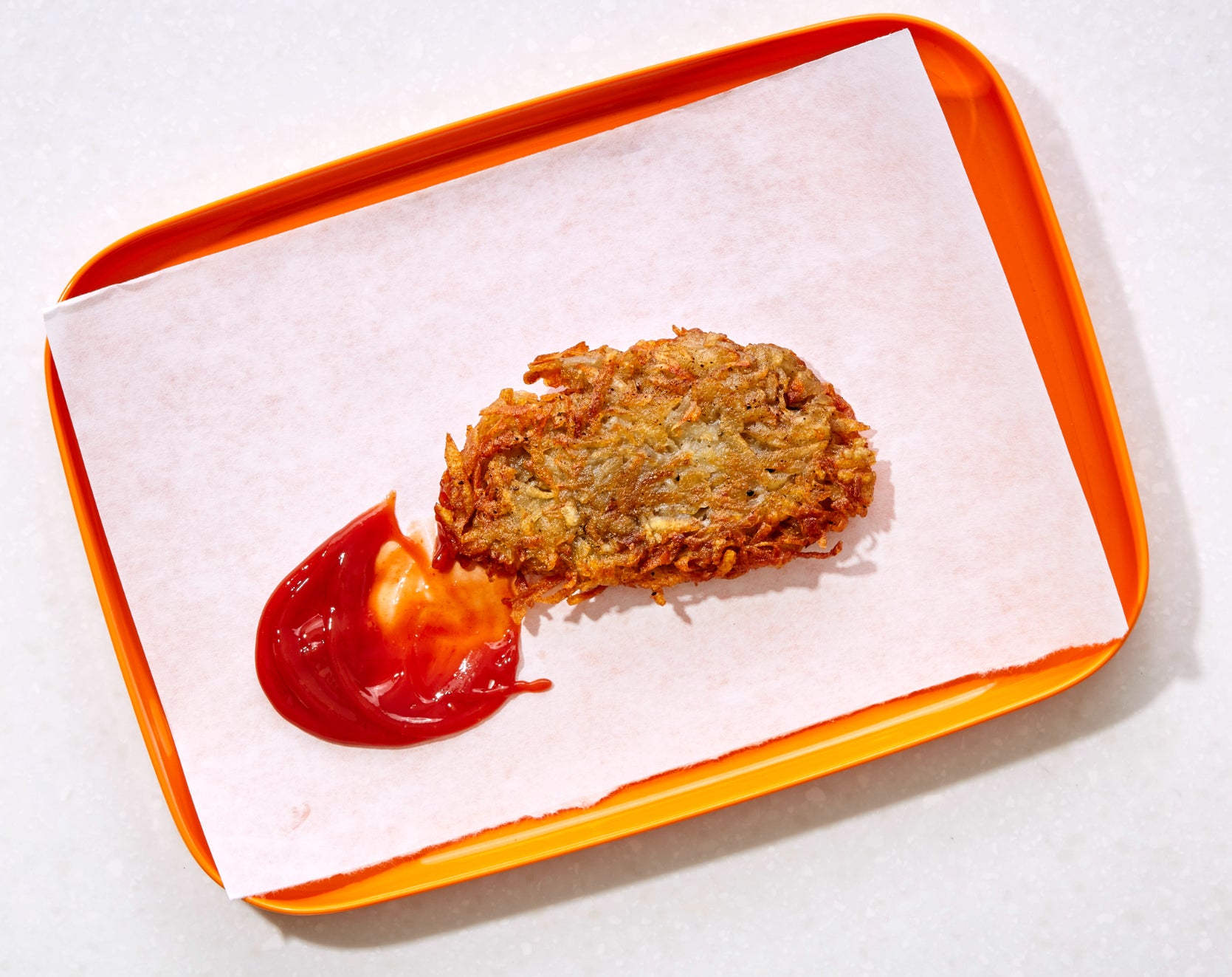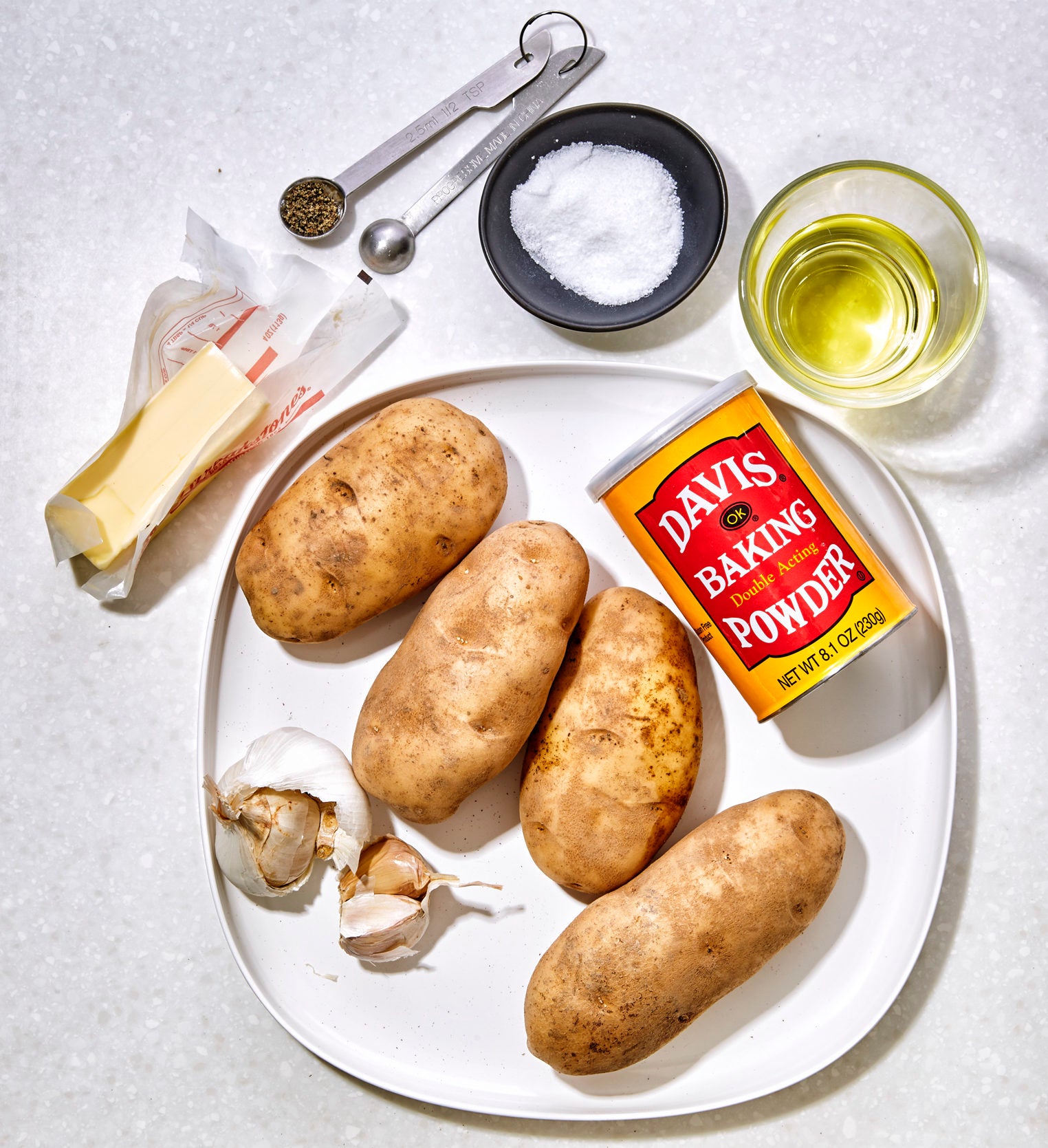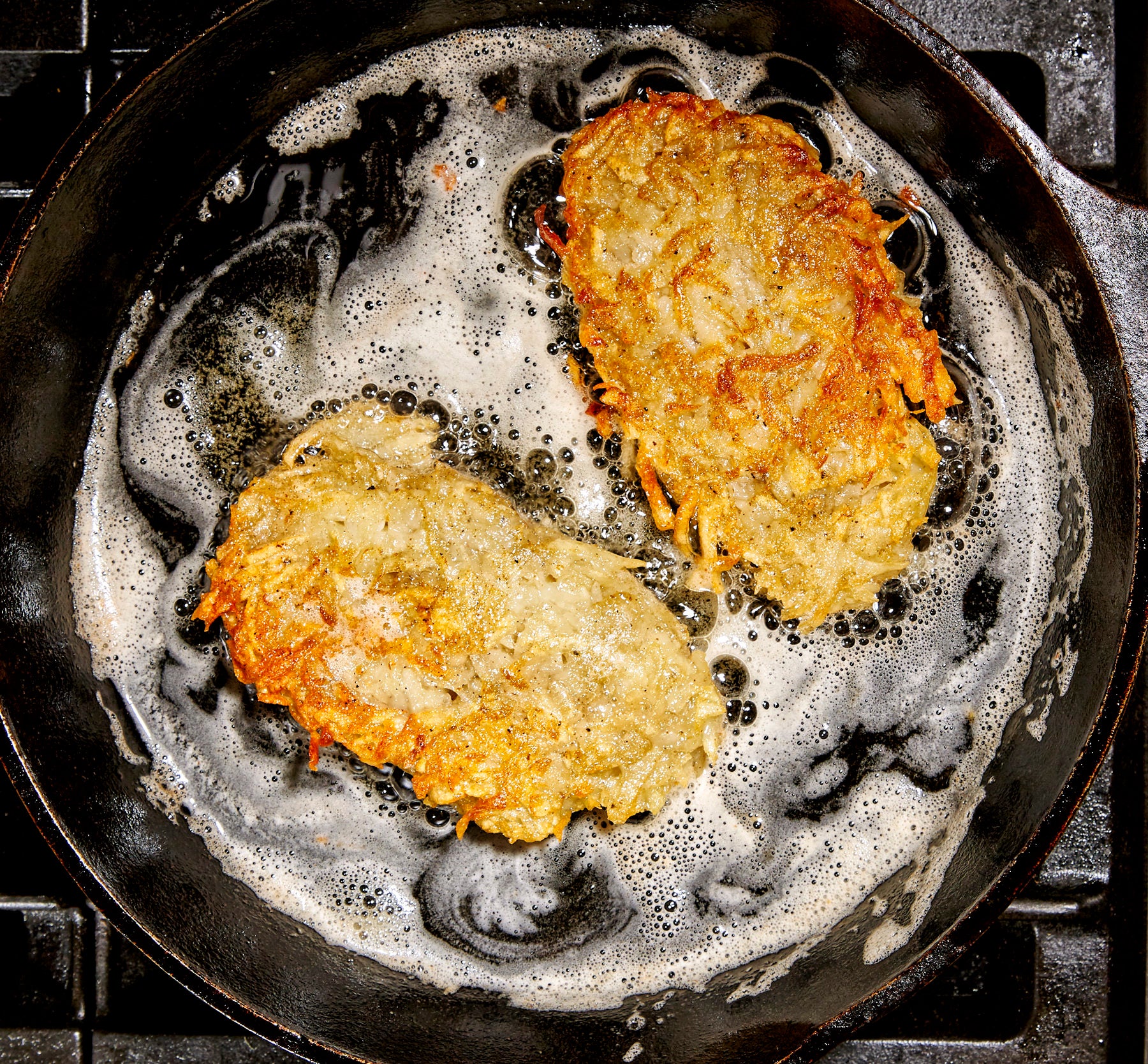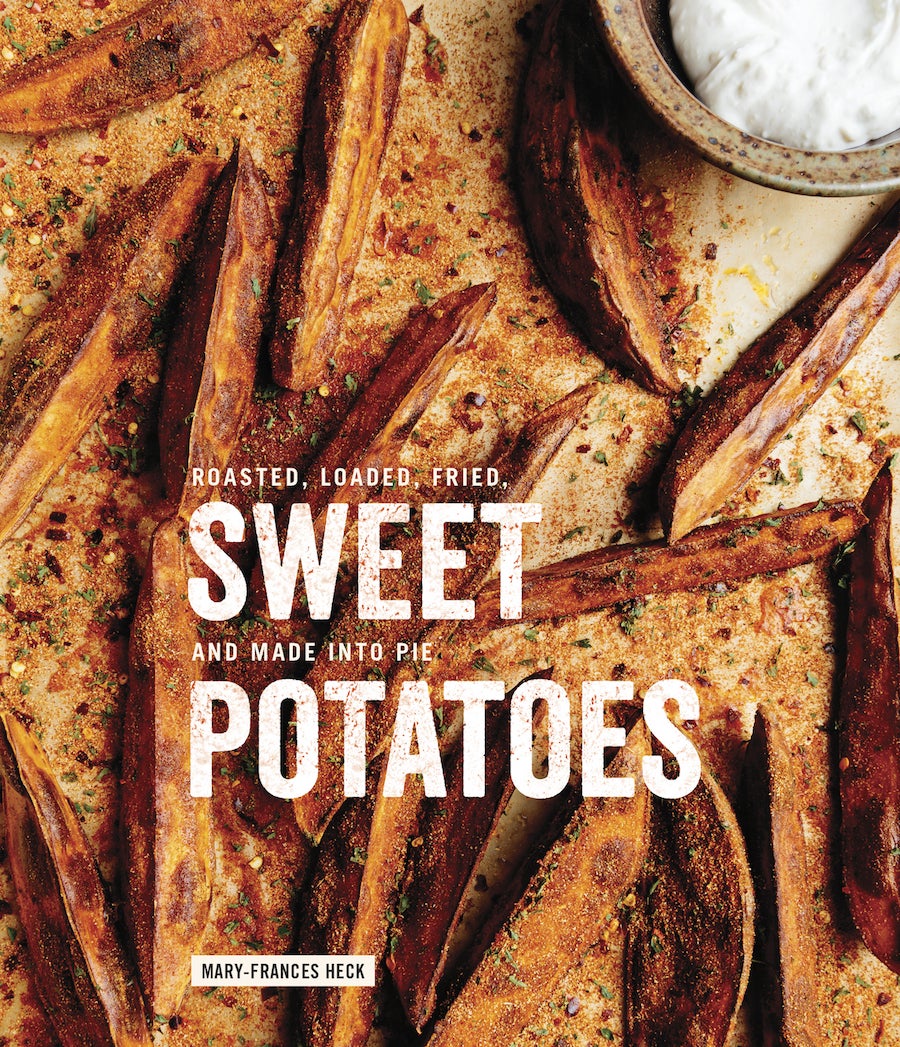
In an ongoing column, Mary-Frances Heck writes about the curious histories, techniques, and recipes that center around our favorite starchy vegetable: the potato. You can read previous installments about New York salt potatoes and the mysterious origins of the vichyssoise. Here, she writes about her theory on how to make very good hash browns at home.
This may be a controversial opinion, but I’m in the camp that believes McDonald’s hash brown pucks are as unbelievably magnetizing as their fries. Glistening with oil, their crunchy golden crust belies a soft, pale filling of potato bits that look like they’ve traveled through a wood chipper, been glued together with some sort of starch, and fried to crunchy oblivion.
On the surface, and according to official McD’s website, the ingredients seem simple enough: potatoes, vegetable oil, and salt are the first three ingredients, followed by a few secondary ingredients, including corn flour, dehydrated potato, preservatives, and something called “natural beef flavoring” (which, as it turns out, is made from wheat and whey, not beef). What I wanted to know is if it were possible to re-create the outside-crunch-to-inside-fluffy-sticky ratio without the junk ingredients and preservatives?

It was essential that the hashed potatoes be bound together for frying and be sturdy enough to be conveniently eaten out of the hand. I started thinking about classic potato dishes to see if any techniques would yield something resembling these hash brown pucks. The closest I could think of was pommes Darphin, a “straw mat” of potatoes, which are pan-sized and the cousin of a roesti—usually used as a foundation for toppings more substantial than ketchup. I considered latkes, which are approximately the right size but don’t quite match the fluffy-crispy texture. Then of course there are tater tots, which have the correct size of potato bits and binding, but the wrong shape.
But really, it comes down to finding the right potato to use. McDonald’s has seven approved varieties of potato in its arsenal, all of which resemble the Russet Burbank in their starchy, low-moisture qualities. Potatoes labeled at the grocery store as russet, Idaho, or baking potatoes will have these qualities. Since potatoes are often grown with high levels of chemicals, I always choose organically grown potatoes for cooking at home.
Another important potato truth to keep in mind on the quest for crispy hash browns is that old potatoes get crispier. Fresh-dug potatoes are tender and aromatic and packed with moisture. As potatoes get older, they begin to dry out and actually become better for frying.

The key to keeping the insides of hash browns tender while the outsides get crisp is to par-cook the shredded potatoes. Frying potatoes from raw a) takes longer than I care to stand at the stove for breakfast and b) encourages the potatoes to soak up an inordinate amount of salt and fat. Boiling or steaming the potatoes par-cooks them without added grease, but not without added moisture, which is the number one enemy of caramelization. Enter the microwave, my favorite fraught cooking appliance.
I shred a few russets on the coarse side of a box grater, put them in a bowl with some salt and some baking powder (to lighten and preserve color), and microwave them uncovered for 1 minute. They come out steaming hot, crisp-tender, and a little gluey. I grate a little garlic clove and grind some black pepper into the bowl and mix it all together with my hands before shaping the potatoes into patties. Fried gently in a little oil and butter in a pan, they became shatteringly crisp on the outside, tender and fluffy on the inside—a dead ringer for the real thing, minus the paper sleeve and the natural beef flavoring.
